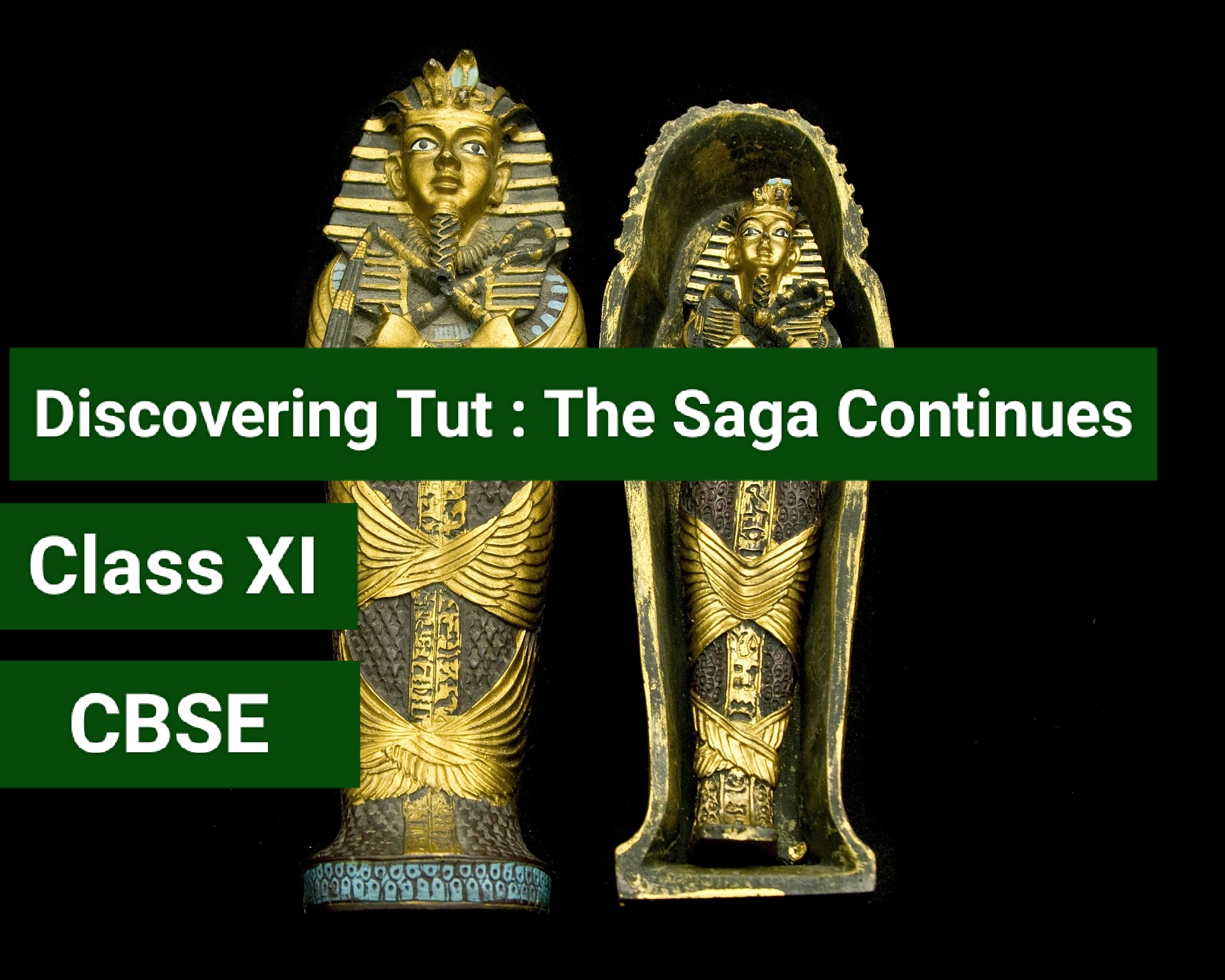About the Author
Discovering Tut : the Saga Continues was written by A. R. Williams, who also wrote numerous works of science fiction and fantasy. He started reading at a young age and started writing his own fiction and craft stories for others to enjoy.
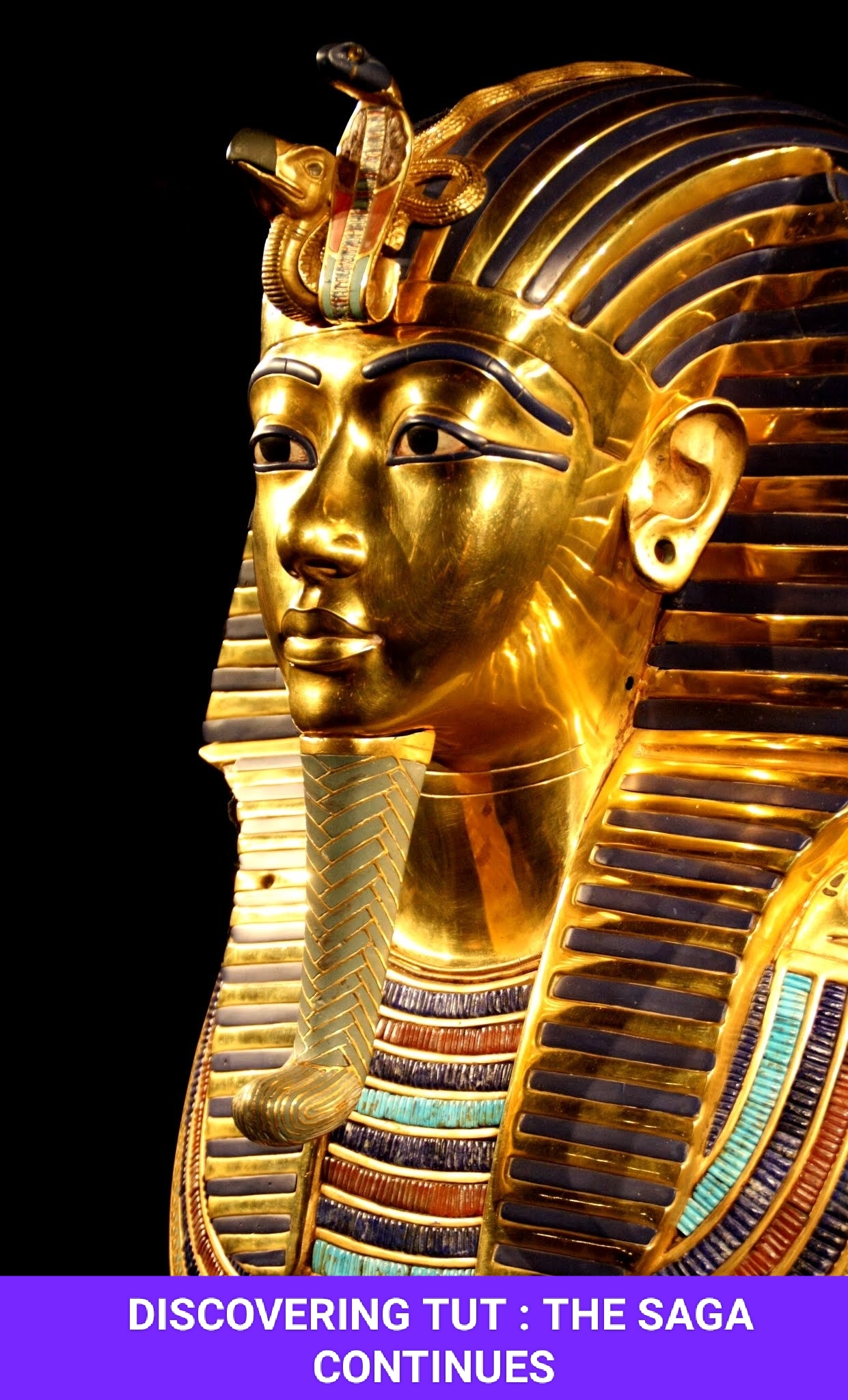
Summary
The mummy of Tuts (Tutenkhamun) was moved into a CT scanner at 6 p.m. on January 5, 2005, to investigate the medical mysteries surrounding this young ruler who died thousands of years ago. Until Howard Carter discovered the grave in 1922, he was buried and forgotten about.He discovered the golden tomb filled with linen , board games, bronze razors, food and wine cases, and beautiful artifacts. Nearly everything that could be used in the afterlife was buried in the grave.
After that, they all started looking at the King Tut’s three- nested coffins. They discovered a shroud adorned with olive, lotus, and cornflower garlands in the first coffin, indicating that he might be buried in March or April. Carter tested the grave in Egypt’s scorching heat to loosen resins because he was concerned as soon as the grave began to loosen the resins. However, temperatures of 149 degrees Fahrenheit did not help melt those resins.According to archaeologists, cutting-edge technology would make it easier for them to accurately examine the grave.
They all learned, to their surprise, that a professor had examined the body in 1968 and discovered that the front ribs and breast bones were missing.The enigmatic death of King Tutankhamun brought an end to his dynasty and was a significant event in history.
Amenhotep III was the king’s father and a very powerful king who ruled for more than 40 years. He changed his name to Akhenaten, which means “servant of the sun god.” He moved to the city of Amen and promoted the worship of the sun god. After King Tut’s baffling demise, one of the first mummies to be discovered was King Tut.The CT scanner abruptly stopped working while working on the mummy scan. They were all terrified to the brim because many of them thought it was a curse from the mummy. The scan was made possible by using the spare fans. After that, they carried him back to his tomb without losing any data.
After that, seeing images on a computer screen astonished them all. Dispersed pixels were used to create a grey head. Zahi Hawass, Minister of State for Antiquities Affairs of Egypt felt at ease as he sat back in his chair, confident that nothing had gone wrong and that he could sleep soundly.After that, they all made their way to the sand, where the wind stopped blowing and the cold wind laid their icy hands on the valley. The Orion star has shone brightly over the young king above the tomb.
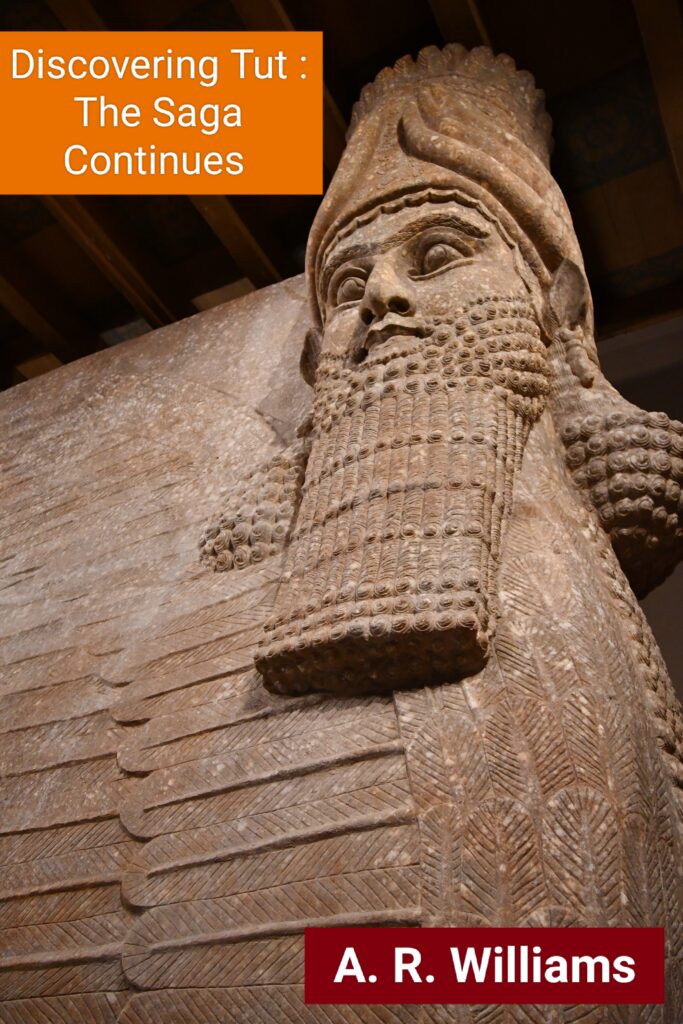
Short Answer Type Questions
1. What took place on Jan. 5, 2005?
Ans. On January 5, 2005, a CT scan was performed on Tut’s mummy to investigate the unsolved mysteries surrounding the young ruler’s life and death, which occurred more than 3300 years ago.
2. What did the tourists do?
Ans. To pay their respects, tourists from far and wide had arrived. They looked at Tut’s gilded face as well as the murals on the walls of the burial chamber. While others stood still and read from the guide, some visitors did so.
3.Who was Howard Carter ? What did he bring to the table?
Ans. Howard Carter was a British archaeologist. He was the one who found Tut’s tomb and took his mummy out to look into it. His efforts prevented thieves and robbers from destroying Tut’s mummy in order to extract its golden decorations.
4. Why were so many people interested in Tut’s mummy?
Ans. It was discovered that King Tut was the last member of a powerful dynasty that ruled ancient Egypt. He passed away young and mysteriously. The discovery of his mummy piqued people’s curiosity about how he passed away.
5. When Carter attempted to study Tut’s mummy, what was the primary obstacle he encountered?
Ans. When Carter attempted to remove Tut’s mummified body from the gold coffin, he discovered that the body had been cemented to the coffin. As a result of the ritual resins that had been applied to it made the body hardened and it was impossible for him to remove the body.
6. What was Tut’s tomb’s contents?
Ans. In addition to everyday items of use like board games, a bronze razor, linen undergarments, cases of food and wine, and so on, Tut’s tomb contained the richest royal collection of gold.
7. What was the curse of the pharaoh? Did it turn out to be scary?
Ans. It was believed that the pharaoh’s curse was that anyone who disturbed his eternal sleep would suffer misfortune. On January 5, 2005, when Tut’s body was removed from the body for a CT scan, the stormy wind and dark sky were thought to be ominous.
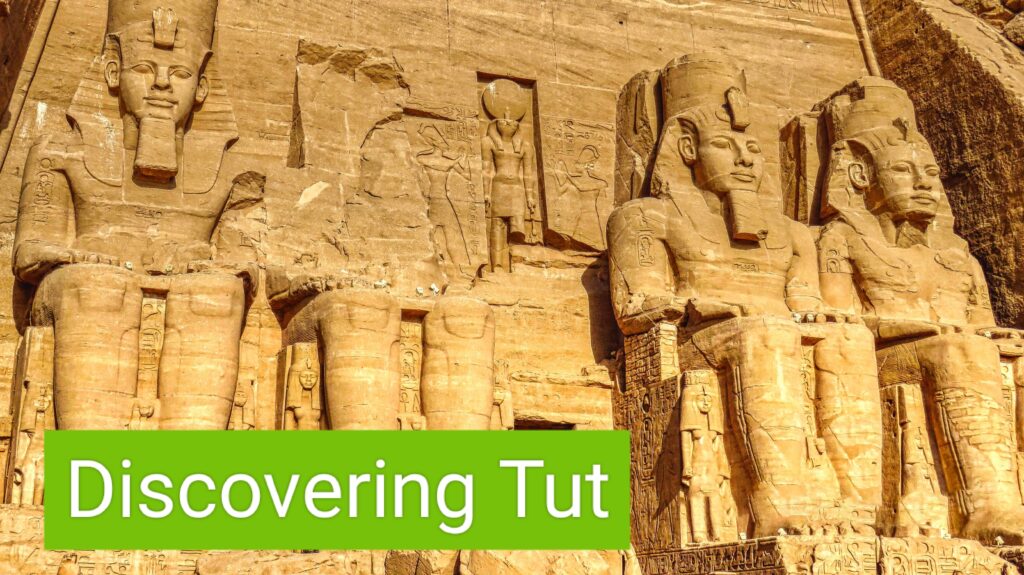
8. What prompted Zahi Hawas’s relief?
Ans. Zahi Hawass, the secretary-general of Egypt’s Supreme Council of Antiquities, felt relieved because he had been under a lot of pressure to worry that something might go wrong. He experienced a release of tension following the successful operation regarding the discovery of Tut’s body.
9. What can we learn about the beliefs of ancient Egyptians from the burial relics?
Ans. Tut’s tomb contained numerous gold objects, everyday items like oils, food, wine, clothing, board games, and other items of use. They inform us that ancient Egyptians held the belief that there was a life after death. Because of this, they buried these things with the deceased so that when they reincarnate, they wouldn’t have to worry about losing the things they loved.
10. How did Carter deal with the mummy of Tut?
Ans. Carter exposed Tut’s mummy to the scorching desert sun in an effort to separate it naturally from the coffin. He finally cut it out of the coffin with a chisel. He severed all of the body’s joints, including the head, in doing so.
11. What shocking discovery was made 40 years after Tut’s mummy was discovered?
Ans. When an anatomy professor X-rayed Tut’s mummy 40 years after it was found, he found that the breast, bones, and front ribs were missing beneath the resins covering the chest.
12. What actions prompted Ray Johnson to label Akhenaten as “Wacky”?
Ans. According to Ray Johnson, Akhenaten was the servant of the Aten, also known as the sun disk. He wanted to spread the Aten worship. By smashing the images of the major god Amen, and closeing his temples, he shocked the people. He also moved his religious capital from the old city of Akhenaten, now known as Amarna.
13. What were the CT scan’s findings?
Ans. The mummy’s entire body was examined. Digital X-rays of the mummy were taken. To discover the truth about his death, 0.62 nm slices were used to scan his head. Finally, these images proved that nothing serious had occurred. Tut passed away naturally.
14. Make a list of the technological advancements that have made forensic analysis better.
Ans. With the C.T. Scan, hundreds of X-rays are used to create a three-dimensional image. Technology has advanced significantly. As a result, Forensic analyses have greatly improved .
Read Also : “The Portrait of a Lady” Questions and Answers, Class XI, CBSC
Broad Answer Type Questions
1. When Howard Carter reached the final coffin in his search for king Tut’s mummy, what difficulties did he encounter? How did he overcome those obstacles?
Answer
When British archaeologist Carter reached the final coffin in his search for King Tut’s mummy, he faced numerous challenges. The mummy had hardened to the base of the coffin due to the ritual resins. According to Howard Carter’s writing, no lawful force could move them. He also tried to free the body by exposing it to the sun’s scorching heat, which reached 149 degrees Fahrenheit, but nothing changed.
Naturally, he had no choice but to cut it from below in order to remove the resins that separated the trunk from the limbs. He could thus raise Tut, the king’s mortal remains. The mummy was damaged during this procedure.
Additionally, he noticed that the king Tut was adorned with glistening objects. Carter’s men chopped off the mummy’s major joints and removed the head to separate Tut’s body from his jewelry. After that, the appropriate paddings were used to reassemble these separated limbs on a layer of sand.
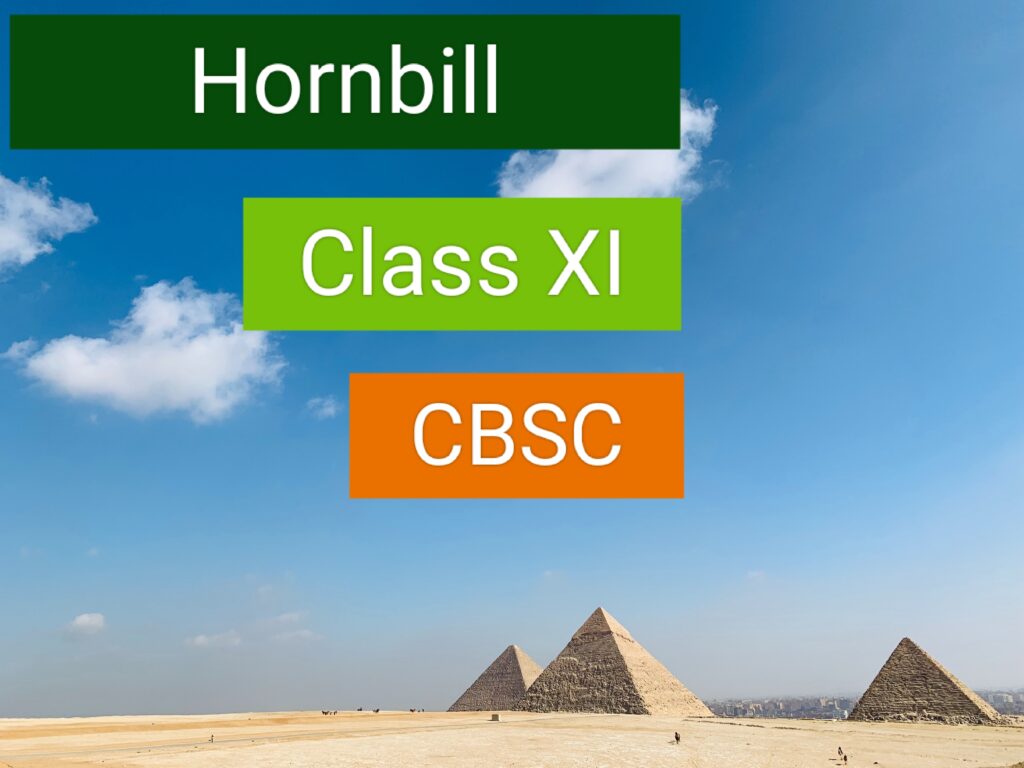
2. How has Tut’s mummy captivated researchers and the general public over the past few decades?
Answer:
Tutankhamun, or King Tut, was Egypt’s last pharaoh. The dynasty’s end was delayed by his death. In the belief that royals could use their wealth in their afterlife, he was buried with glittering gold objects. Around 3000 years after Tut’s death, Howard Carter made the discovery of his tomb in 1922. Tut’s missing breastbone and front ribs were revealed by Mr. Carter.
In any case, a CT scan was performed on January 5th, 2005, with the intention of obtaining precise data for an accurate forensic reconstruction of Egypt’s last pharaoh. It’s clear that this was done to learn about his life and death. However, a CT scan confirmed that all organs were functional. As a result, Tut’s mummy has been the center of attention for decades.
3. Give a description of King Tut’s family.
Answer: King Tut was the last member of a powerful family that ruled Egypt for hundreds of years. When he sat on the throne, he was quite young. He ruled for roughly nine years.
The unanticipated death of King Tut while he was still a young man sparked a lot of skepticism and speculation. He was buried with all of his belongings and was forgotten.
King Tut’s father or grandfather, Amenhotep III, ruled for nearly 40 years. He was succeeded by his son Amenhotep IV, who gave him the name Akhenaten, which means “servant of the Aten.” He moved his religious headquarters from Thebes to Akhetaten. By attacking Amun, a significant God, he further shocked the nation. Then, for a brief time, the enigmatic Smenkhkare ruled. Tutankhaten succeeded him to the throne.
4. What does the , “Archaeology has changed significantly…” mean? Discuss with reference to the chapter ‘Discovering Tut: The Saga Continues.’ What do you learn from modern archaeology?
Answer: Archaeology has undergone a revolutionary transformation in recent decades. It is no longer what it was. With the passage of time, it has evolved. In the past, it was primarily about gilded treasures and lost fortunes. However, the treasure is not the primary focus now. Archaeology today focuses on the fascinating details of people’s lives and the mysteries surrounding their deaths. In cases like King Tut’s mummy, archaeologists are now more interested in other relevant details. The details of his life, including how he lived and died, are of greater interest to archaeologists.
Additionally, more advanced instruments like CT scanners are utilized in archaeology . It also makes use of X-ray technology and forensic methods.
In the past, archaeologists did not have access to such scientific instruments. As a result, they were unable to verify the majority of their searches’ findings.
5. Our nation is home to an abundance of priceless monuments. The unfortunate reality is that vandalism and negligence have damaged and destroyed many of them. What actions would you take as a student to protect our nation’s wealth?
Answer: India’s rich cultural heritage and ancient monuments, which date back more than a thousand years, offer a stark reminder of that golden age. Indians regard them with a unique and well-deserved respect. However, it is unfortunate that the majority of these monuments have been vandalized and damaged to the point where they are falling apart.
We should try to preserve our nation’s wealth as students. We ought to stop others from writing on walls. In order to preserve historic landmarks, cleanliness drives should be carried out on a regular basis. We can also volunteer as students by participating in the “Save Our Heritage” program. In addition, we ought to contribute to raising awareness of these landmarks and their significance. We must preserve the monuments and present them to the subsequent generation as the achievements of our ancestors in today’s competitive world.


